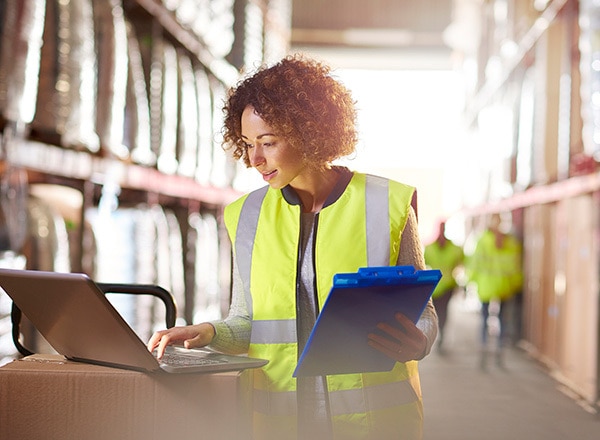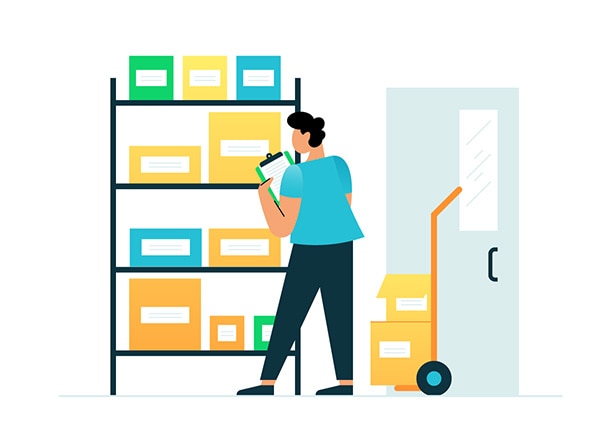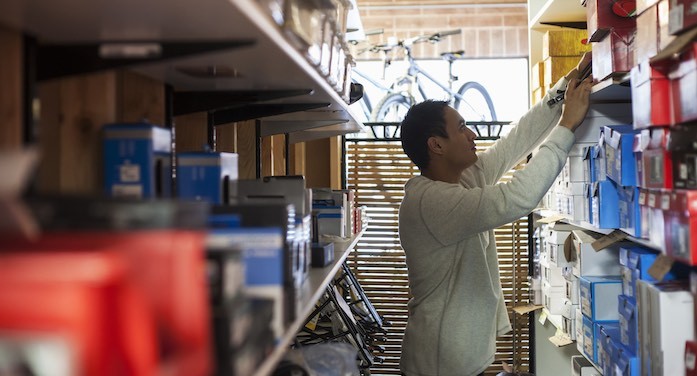The 2020 holiday shopping season placed unprecedented strain on countless retailers and delivery partners across the globe. Between the COVID-19 lockdowns and record-high delivery volumes, logistics networks struggled to keep up with demand. Unfortunately, the shipping crisis is still looming.
Lingering complications from the pandemic, supply shortages, a labor shortage, and surging online sales are converging to throw supply chains into a tailspin—again.
“The pressures on global supply chains have not eased, and we do not expect them to any time soon,” Bob Biesterfeld, CEO of C.H. Robinson, one of the world’s largest logistics firms, told CNN Business .
For today’s consumers who expect fast service, sending apologies for unexpected delays isn’t enough—businesses have to give them options.
That’s where click and collect comes in: an order fulfillment strategy that lets customers purchase items online, then pick them up at a physical location on their own time. This gives customers maximum control over their online shopping experience while boosting sales and cutting costs for businesses.














